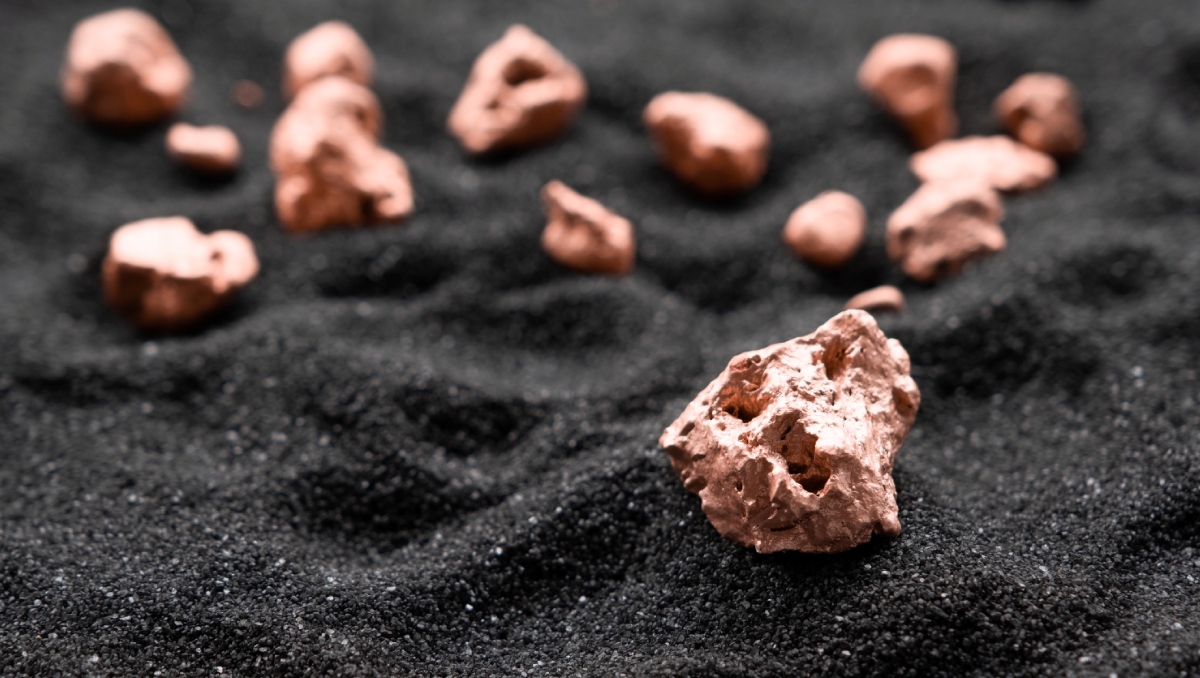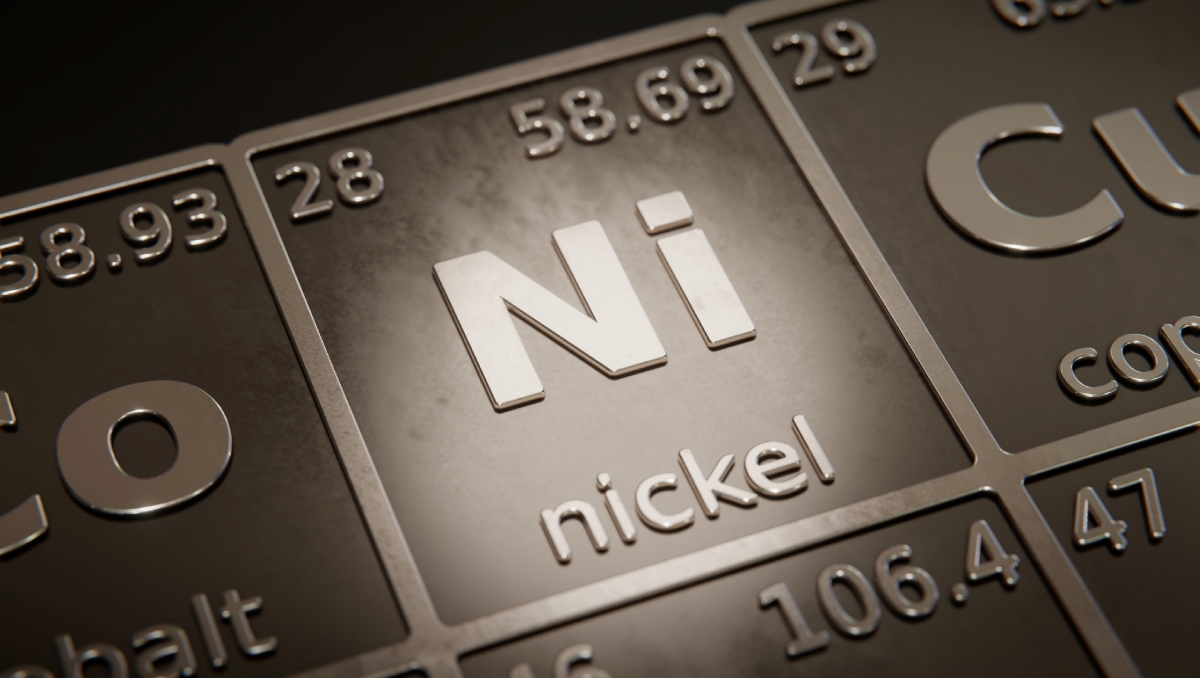From Fool’s Gold to a Precious Resource

Date
For centuries, pyrite has been regarded as “fool’s gold,” a shiny mineral that deceived many into thinking they had struck gold, only to be disappointed by its lack of true value. But recent breakthrough research by scientists Shailee Bhattacharya and Shikha Sharma of West Virginia University has turned this perception on its head. Their discovery of pyrite containing lithium suggests that this mineral might be more valuable than gold in certain contexts.
The term “fool’s gold” has a long history, dating back to ancient times when prospectors would mistake pyrite for real gold due to its similar color and metallic luster. The disappointment of thinking they had found a fortune, only to realize it was just iron sulfide, led to the mineral gaining this moniker. Over time, pyrite became synonymous with deception and disappointment in the world of mining and prospecting.
However, Bhattacharya and Sharma’s groundbreaking work has shed new light on pyrite’s potential. Their research focused on pyrite samples from various locations, including coal mines in West Virginia. Using advanced analytical techniques such as electron microscopy and spectroscopy, they were able to identify significant concentrations of lithium within the pyrite crystals.
Lithium is a highly sought-after element, especially in modern industries such as electronics, energy storage, and electric vehicles. It is a key component in rechargeable lithium-ion batteries, which power everything from smartphones to electric cars. The demand for lithium has been steadily increasing, driven by the global shift towards renewable energy and sustainable technologies.
The discovery of lithium-rich pyrite opens up a new avenue for mining and resource extraction. Previously overlooked as a mere curiosity or nuisance in mining operations, pyrite now holds promise as a valuable source of lithium. This could have significant implications for industries reliant on lithium-based technologies.
One of the advantages of extracting lithium from pyrite is its abundance. Pyrite is a widespread mineral found in various geological formations around the world. Unlike traditional lithium sources such as lithium brines or spodumene deposits, which are limited to specific regions, pyrite deposits are more geologically diverse and accessible.
Furthermore, the extraction of lithium from pyrite could be more environmentally sustainable compared to other methods. Conventional lithium extraction processes, such as those used for lithium brines or hard rock mining, can have significant environmental impacts, including water depletion, soil contamination, and habitat destruction. In contrast, pyrite extraction could potentially be integrated into existing mining operations with minimal additional environmental disturbance.
The economic implications of this discovery are also noteworthy. As the demand for lithium continues to rise, finding new and efficient sources of this critical element is crucial for maintaining technological progress. If pyrite can be successfully commercialized as a lithium source, it could contribute to economic growth in regions with significant pyrite deposits, creating jobs and driving innovation in mining and materials science.
Of course, challenges remain in scaling up the extraction of lithium from pyrite and ensuring its economic viability. Processing technologies will need to be developed or optimized to extract lithium efficiently and cost-effectively from pyrite ores. Additionally, environmental and regulatory considerations must be taken into account to ensure responsible mining practices.
Bhattacharya and Sharma’s research at WVU marks a significant turning point in the perception of pyrite. No longer just fool’s gold, this mineral may hold the key to a more sustainable and valuable future, where lithium-rich pyrite plays a crucial role in powering the technologies of tomorrow.



